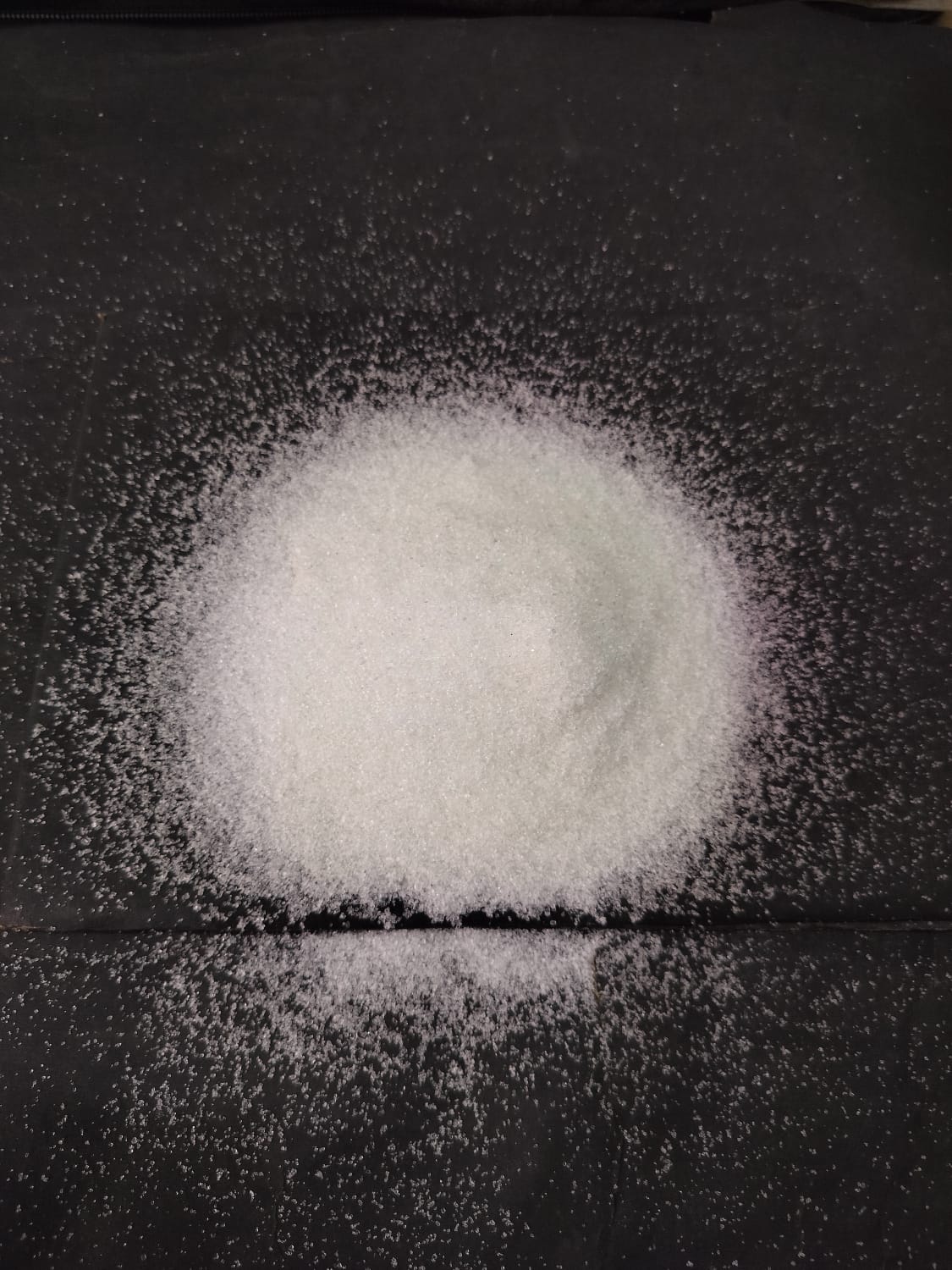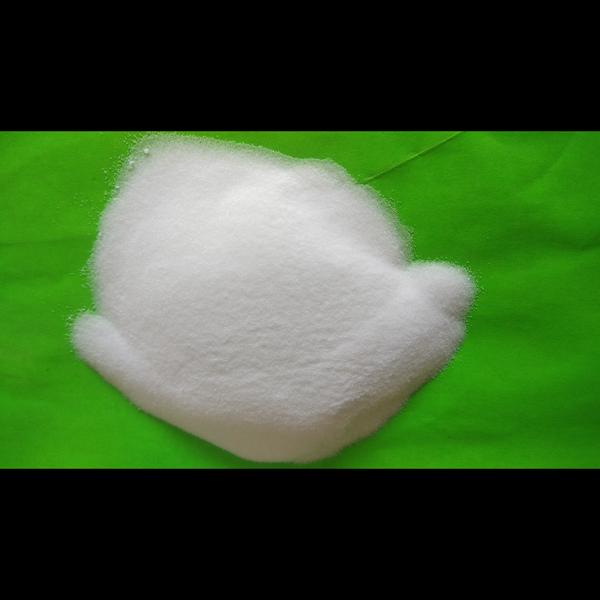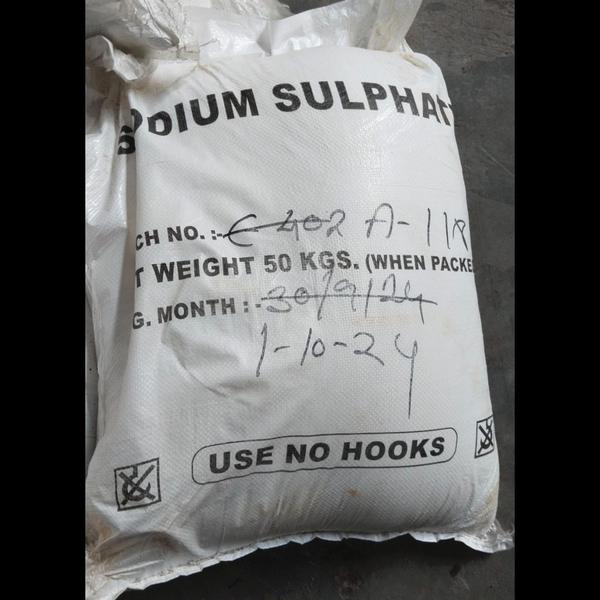
Sodium Sulphate: A Comprehensive Overview of Glauber’s Salt and Its Applications
Sodium sulphate, commonly referred to as Glauber’s salt in its decahydrate form, is a highly versatile and essential chemical compound used across numerous industries. Known chemically as Na2SO4, sodium sulphate has been a key player in manufacturing, pharmaceuticals, detergents, and even glass production. This article explores sodium sulphate’s properties, applications, and market dynamics, providing a deep dive into why Glauber’s salt continues to hold industrial significance.
Understanding Sodium Sulphate and Glauber’s Salt
Sodium sulphate exists in multiple forms, with anhydrous sodium sulphate and Glauber’s salt (its decahydrate form) being the most notable. Glauber’s salt, named after Johann Rudolf Glauber who discovered it in the 17th century, is recognized for its crystalline structure and high water content. While the anhydrous form is commonly used in detergents, Glauber’s salt finds applications in industries where its water-retaining property is advantageous.
Chemical and Physical Properties
Chemical Formula: Na2SO4
Molecular Weight: 142.04 g/mol (anhydrous), 322.20 g/mol (Glauber’s salt)
Melting Point: 884°C (anhydrous)
Solubility: Highly soluble in water, with solubility increasing with temperature
Appearance: White crystalline powder (anhydrous) or transparent crystals (Glauber’s salt)
Sodium sulphate’s stability and non-toxic nature make it a valuable component in diverse industrial and commercial applications.
Key Applications of Sodium Sulphate
1. Detergent Manufacturing
One of the primary uses of sodium sulphate is in the production of powdered detergents. It serves as a filler material that aids in achieving the desired texture and consistency. Sodium sulphate also helps reduce the concentration of active ingredients, making detergents more cost-effective while maintaining cleaning efficiency.
2. Glass Production
In the glass manufacturing industry, sodium sulphate plays a pivotal role as a fluxing agent. It helps remove small air bubbles and impurities, ensuring the production of high-quality, clear glass. This application is particularly significant in the production of flat glass, container glass, and specialty glass.
3. Textile Industry
Sodium sulphate is extensively used in textile dyeing and printing processes. Glauber’s salt helps level dye distribution on fabrics, ensuring uniform coloration. It is particularly effective in dyeing cotton and other natural fibers, making it a staple in textile manufacturing.
4. Paper and Pulp Industry
In the kraft process, sodium sulphate is used as a makeup chemical to recover sodium hydroxide and sodium sulphide. Its role in the chemical recovery cycle ensures efficiency in paper and pulp production, making it an essential additive in the industry.
5. Pharmaceuticals
Glauber’s salt has a historical role in medicine as a laxative and purgative. While its use in traditional medicine has declined, modern pharmaceuticals still use sodium sulphate in the formulation of certain drugs and intravenous solutions.
6. Food Industry
In the food industry, sodium sulphate is used as a food additive (E514) and processing aid. Its ability to regulate acidity and stabilize formulations makes it useful in specific food applications, although its usage is limited due to regulatory considerations.
Market Dynamics of Sodium Sulphate
1. Global Demand
The global sodium sulphate market is driven by its extensive applications in detergents, textiles, and glass manufacturing. With the increasing demand for detergents and rising construction activities, sodium sulphate consumption is projected to grow steadily.
2. Regional Insights
Asia-Pacific: The Asia-Pacific region dominates the sodium sulphate market, with China being the largest producer and consumer. The growth of the textile and detergent industries in countries like India and Indonesia also contributes to regional demand.
Europe: In Europe, sodium sulphate is primarily consumed in glass and detergent manufacturing. Environmental regulations and a focus on sustainability have influenced market trends.
North America: The demand for sodium sulphate in North America is driven by its use in industrial applications and household detergents.
3. Competitive Landscape
Prominent players in the sodium sulphate market include:
Nafine Chemical Industry Group Co., Ltd.
Sichuan Union Technology Co., Ltd.
Lenzing AG
Alkim Alkali Chemicals
Grupo Industrial Crimidesa
These companies focus on improving production efficiency and exploring new applications to remain competitive.
Environmental and Health Considerations
Sodium sulphate is generally regarded as safe and environmentally friendly. However, excessive discharge into water bodies can lead to ecological imbalances. Proper waste management and adherence to environmental regulations are crucial to minimizing its impact.
Future Trends and Innovations
1. Sustainable Production
Efforts are being made to adopt sustainable manufacturing practices for sodium sulphate. Recycling byproducts from other industrial processes is an area of focus to reduce resource consumption and environmental impact.
2. Expanding Applications
Research is ongoing to explore new uses for sodium sulphate. For example, its potential in renewable energy storage systems, such as molten salt batteries, is being investigated. These innovations could unlock new market opportunities.
3. Increased Use of Glauber’s Salt
With its unique water-retaining properties, Glauber’s salt is finding applications in sectors such as construction and agriculture. Its role in regulating soil moisture and enhancing the durability of construction materials is gaining attention.
Challenges in the Sodium Sulphate Market
1. Competition from Alternatives
Sodium sulphate faces competition from alternatives such as zeolites in detergents and synthetic sodium silicates in glass manufacturing. These substitutes often offer improved performance or reduced environmental impact, posing challenges to sodium sulphate’s market share.
2. Price Volatility
Fluctuations in raw material prices and energy costs can impact sodium sulphate production and pricing. Companies must adopt efficient production methods to remain competitive.
Conclusion
Sodium sulphate, particularly in the form of Glauber’s salt, remains a vital compound across multiple industries. Its versatility, cost-effectiveness, and non-toxic nature ensure its continued demand in applications ranging from detergents to pharmaceuticals. While challenges such as competition and environmental concerns persist, innovations in production and expanding applications present significant growth opportunities.
As industries evolve, the role of sodium sulphate and Glauber’s salt will undoubtedly adapt to meet emerging needs. By embracing sustainable practices and exploring new frontiers, stakeholders can ensure the compound’s relevance and success in the years to come.
Keywords
companies focus
historical role
pivotal role
construction materials
traditional medicine
textile dyeing
detergents textiles
powdered detergents
glass production
decahydrate form
industries evolve
multiple industries
detergent industries
numerous industries
compounds relevance
frontiers stakeholders
meet emerging
undoubtedly adapt
applications ranging
continued demand
versatility costeffectiveness
pricing companies
energy costs
finding applications
industrial processes
water bodies
excessive discharge
environmentally friendly
generally regarded
industrial applications
north america
primarily consumed
largest producer
increasing demand
extensive applications
limited due
regulate acidity
processing aid
dyeing cotton
impurities ensuring
fluxing agent
desired texture
diverse industrial
valuable component
solubility increasing
waterretaining property
crystalline structure
17th century
multiple forms
deep dive
key player
highly versatile
comprehensive overview
anhydrous form
glass manufacturing
makeup chemical
advantageous chemical
vital compound
environmental regulations
pulp industry
helps reduce
filler material
sodium sulphide
glaubers salt
essential additive
sodium sulphate
manufacturing pharmaceuticals detergents
pulp production making
essential chemical compound
anhydrous sodium sulphate
glaubers salt remains
glaubers salt continues
improving production efficiency
nontoxic nature ensure
gaining attention challenges
regional demand europe
specific food applications
highquality clear glass
high water content
europe sodium sulphate
sodium sulphate market
consistency sodium sulphate
na2so4 sodium sulphate
declined modern pharmaceuticals
molten salt batteries
raw material prices
reduce resource consumption
remain competitive environmental
food additive e514
synthetic sodium silicates
recover sodium hydroxide
embracing sustainable practices
offer improved performance
regulating soil moisture
impact future trends
sichuan union technology
asiapacific region dominates
stabilize formulations makes
natural fibers making
nontoxic nature make
johann rudolf glauber
market dynamics providing



